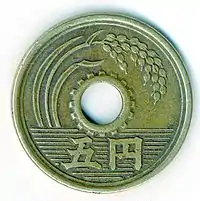The Money Portal
Euro coins and banknotes
Money is any item or verifiable record that is generally accepted as payment for goods and services and repayment of debts, such as taxes, in a particular country or socio-economic context. The primary functions which distinguish money are: medium of exchange, a unit of account, a store of value and sometimes, a standard of deferred payment. Money was historically an emergent market phenomenon that possessed intrinsic value as a commodity; nearly all contemporary money systems are based on unbacked fiat money without use value. Its value is consequently derived by social convention, having been declared by a government or regulatory entity to be legal tender; that is, it must be accepted as a form of payment within the boundaries of the country, for "all debts, public and private", in the case of the United States dollar. The money supply of a country comprises all currency in circulation (banknotes and coins currently issued) and, depending on the particular definition used, one or more types of bank money (the balances held in checking accounts, savings accounts, and other types of bank accounts). Bank money, whose value exists on the books of financial institutions and can be converted into physical notes or used for cashless payment, forms by far the largest part of broad money in developed countries. (Full article...) Selected article -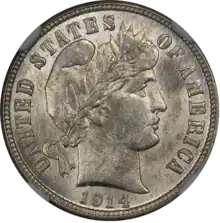 The Barber coinage consists of a dime, quarter, and half dollar designed by United States Bureau of the Mint Chief Engraver Charles E. Barber. They were minted between 1892 and 1916, though no half dollars were struck in the final year of the series. By the late 1880s, there were increasing calls for the replacement of the Seated Liberty design, used since the 1830s on most denominations of silver coins. In 1891, Mint Director Edward O. Leech, having been authorized by Congress to approve coin redesigns, ordered a competition, seeking a new look for the silver coins. As only the winner would receive a cash prize, invited artists refused to participate and no entry from the public proved suitable. Leech instructed Barber to prepare new designs for the dime, quarter, and half dollar, and after the chief engraver made changes to secure Leech's endorsement, they were approved by President Benjamin Harrison in November 1891. Striking of the new coins began the following January. (Full article...)Selected currency -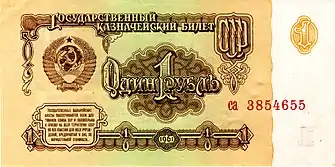 The ruble or rouble (/ˈruːbəl/; Russian: рубль, tr. rubl', IPA: [rublʲ]) was the currency of the Soviet Union. It was introduced in 1922 and replaced the Imperial Russian ruble. One ruble was divided into 100 kopecks (копейка, pl. копейки – kopeyka, kopeyki). Soviet banknotes and coins were produced by the Federal State Unitary Enterprise (or Goznak) in Moscow and Leningrad. In addition to regular cash rubles, other types of rubles were also issued, such as several forms of convertible ruble, transferable ruble, clearing ruble, Vneshtorgbank cheque, etc.; also, several forms of virtual rubles (called "cashless ruble", безналичный рубль) were used for inter-enterprise accounting and international settlement in the Comecon zone. (Full article...)Did you know -
Related portalsGet involvedFor editor resources and to collaborate with other editors on improving Wikipedia's Money-related articles, see WikiProject Numismatics. Need help?Do you have a question about Money-related content on Wikipedia that you can't find the answer to? Consider asking it at the Wikipedia reference desk. General images - The following are images from various currency-related articles on Wikipedia.
In the news
CategoriesSelect [►] to view subcategories
Category puzzle Money Monetary lists Currency lists Finance lists Lists of most expensive things Numismatics-related lists Lists of salaries Cash Cash flow Finance Finance by country Finance by continent Fields of finance Finance by subject Finance lists Catholic Church and finance Financial charts Financial data analysis Financial districts History of finance Financial law Finance ministries Finance occupations Financial problems Financial ratios Financial risk Financial services Financial systems Financial technology Works about finance Finance stubs History of money History of British coinage History of currency Numismatics History of the English penny Liability (financial accounting) Accounts payable Debt Monarchy and money no subcategories Monetary economics Demand for money Monetary economists Financial crises Inflation Interest rates Metallism Modern monetary theory Monetary policy Money containers no subcategories Money forgery Counterfeit money Counterfeiters Fugitives wanted on counterfeiting charges Works about money forgery Payments Compensation for victims of crime Fines Free goods and services Household income Settlement (finance) Subsidies Payment systems Tax Payment terms Trade coins no subcategories Money stubs Currency stubs Finance stubs Topics– By region –
– By name –
– By country –
– Historical currencies –
– Other –
WikimediaThe following Wikimedia Foundation sister projects provide more on this subject:
SourcesMore portalsDiscover Wikipedia using portals
|
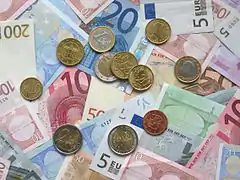

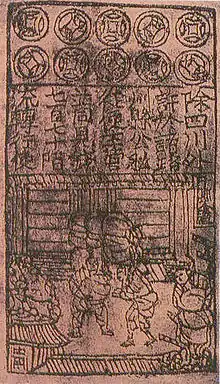
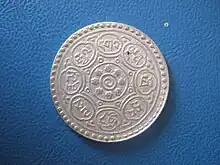
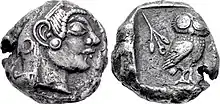
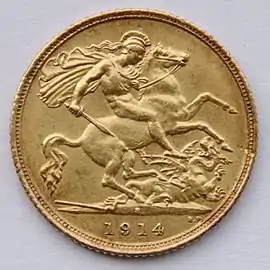

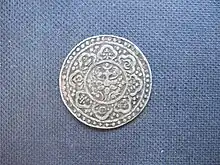
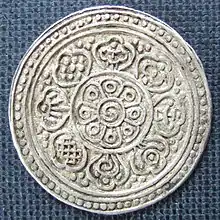


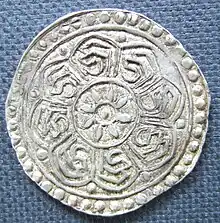
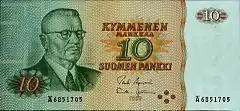

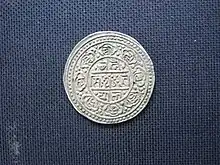
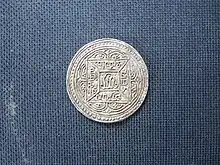
.jpg.webp)
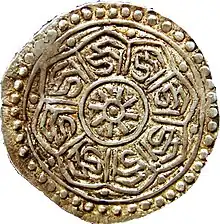
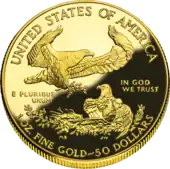
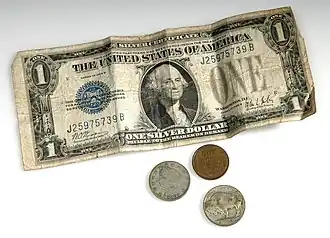
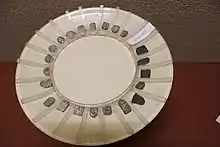
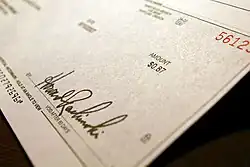

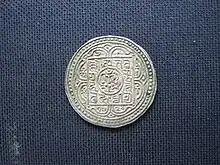
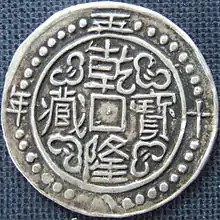
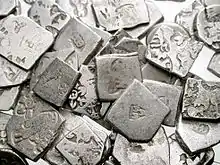
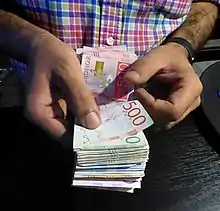
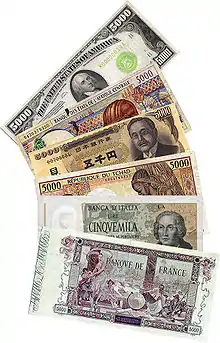
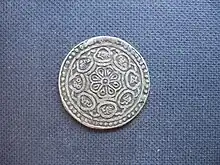
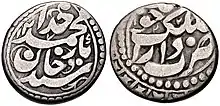
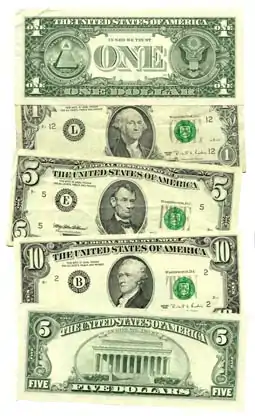
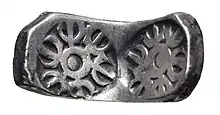
.jpg.webp)

